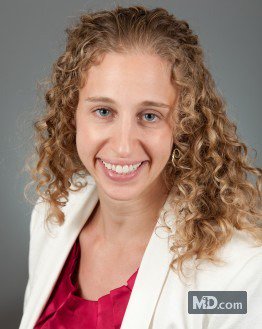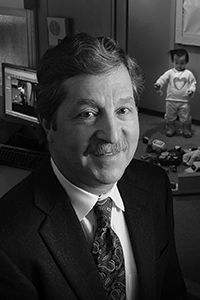Progress is Reported in Research on Brain Wave Patterns to Predict Autism Outcomes
Progress is Reported in Research on Brain Wave Patterns to Predict Autism Outcomes

A team of Harvard researchers has identified a potential biomarker that may be able to distinguish during the first year of life which infants are likely to develop autism spectrum disorder (ASD).
The brain mechanisms involved in autism’s causation are still poorly understood. Yet certain biological correlates of these mechanisms have come to researchers’ attention. One of these is a relationship between differences in brain waves—oscillations created by the activity of neurons—and ASD pathology emerging in the first 3 years of life.
These brain wave differences—seen in comparisons of infants who go on to develop autism compared with those who do not—are measured via EEG (electroencephalography). They are now thought to be among “the core features of ASD pathophysiology,” write the investigators in a paper published in Nature Communications.
EEG can be measured, even in very young children, by placing sensors on the scalp. In the new Harvard study, a small cap bearing a dense array of sensors was used, which made their placement a simple matter. EEG readings of the underlying brain activity were conducted in 2 to 5 minutes’ time in each child.
The team was most interested in discovering how early in life it is possible to identify brain wave patterns that distinguish children who go on to develop ASD symptoms by age 3 from children who do not develop ASD. It turned out that such a signal became measurable in the frontal part of the brain during the first postnatal year.
The team’s senior member was 2017 Ruane Prizewinner Charles A. Nelson, Ph.D., and included 2016 BBRF Young Investigator April R. Levin, M.D., both of Harvard Medical School and Boston Children’s Hospital.
The researchers recruited a cohort of 102 infants at high risk—children with one or more older siblings diagnosed with ASD. Such high-risk children are estimated to have a 1 in 5 chance of developing ASD—a rate about 10 times higher than that in the general population. EEG patterns of these children (of whom 31 ended up developing ASD) were compared with one another and with those of 69 children with low familial ASD risk.
EEGs were performed in the study group every few months beginning 3 months after birth and ending in an assessment at 36 months, by which time ASD symptoms are typically manifest and a diagnosis, where appropriate, is possible.
The team discovered that EEG differences in the children who did go on to receive an ASD diagnosis at age 3 were not only detectable but were clearest during the first year of life.
The “signal” was seen in two kinds of brain waves in particular, called delta and gamma waves. These names refer to the frequencies at which different groups of neurons oscillate in the brain. Gamma waves reflect activity of the fastest-oscillating neurons (between 30 and 50 cycles per second) and delta waves the slowest (a few cycles per second).
“There’s something in particular about those slower-frequency oscillations that’s really different during the first year of life,” Dr. Levin says. “As the children get a bit older and get closer to the age when their behavior makes it possible for us to make a diagnosis, the faster oscillations become more telling, in terms of whether or not they’re going to develop autism.”
It is good news, Dr. Levin says, that readings during the first year were most predictive of future ASD outcome. It is widely thought that the earlier such children are identified, the better their chances of receiving care that might minimize the impact of the disorder.
At the same time, however, Dr. Levin stressed that there is an important ethical question in play. Even if a biomarker predicting a later autism diagnosis is ultimately developed for clinical use, “you don’t want to be diagnosing a disorder early if you’re not sure that treatments you have at hand are really going to be effective.”
For this reason, she says, “it’s really important to recognize that we’re not yet at a point where we can make clinical recommendations based on the findings in our paper.” Apart from the question of treatments, the EEG signal needs to be replicated experimentally and optimized, so that it is as specific to future ASD diagnosis and sensitive enough to minimize the chances of generating false positives and false negatives.
The team continues its work toward these goals, with the hope that future results may result in a tool that might be used routinely to screen every newborn, and certainly those at high family risk, for autism liability.
If you enjoyed this article, you might find the following articles from our Brain Matters Blog interesting:




